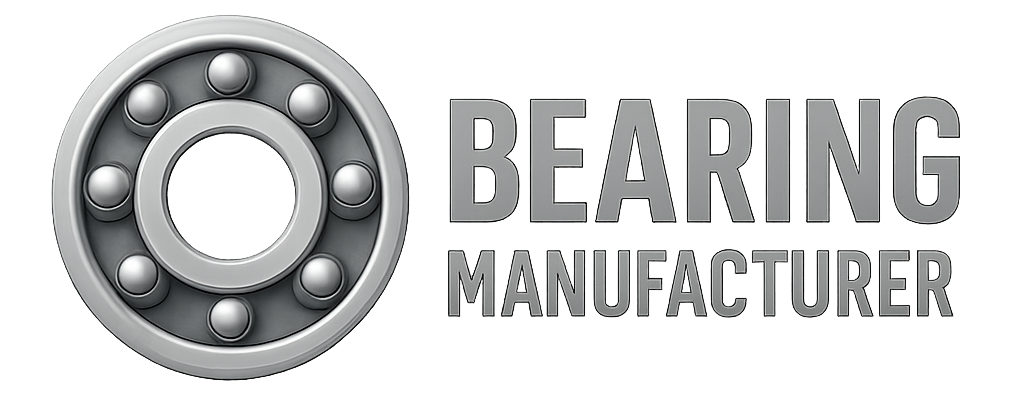Understanding the Cam Follower
A cam follower is a specialized type of roller bearing or needle bearing designed to follow the cam lobe profile in internal combustion engines. It converts the camshaft’s rotational motion into linear movement to actuate valves, which control air–fuel intake and exhaust gas expulsion.
By minimizing friction and supporting radial loads, a healthy cam follower ensures smooth valve timing and optimal combustion efficiency. Its condition directly impacts fuel economy, power output, and engine lifespan.
Benefits of a Well-Maintained Cam Follower
-
Reduced friction for smoother operation
-
Improved fuel efficiency through precise valve control
-
Consistent engine power output
-
Extended engine life by minimizing wear on related components
If worn or damaged, cam followers can cause misfires, poor idling, abnormal noises, and in severe cases, damage to the camshaft or other engine parts.
Signs of a Failing Cam Follower
Look out for these warning signs:
-
Unusual tapping or knocking noises from the engine
-
Drop in fuel economy
-
Noticeable reduction in engine power
-
Check Engine Light illumination
-
On certain models (e.g., Audi A4), severe cam follower wear can damage the camshaft or high-pressure fuel pump (HPFP)
Why Timely Replacement Matters
Delaying replacement risks fuel pressure irregularities and serious internal damage. A failed cam follower can lead to catastrophic engine failure, resulting in costly repairs or a complete engine replacement.
Diagnostic Steps
-
Scan for error codes using an OBD-II tool
-
Inspect visually for wear, scoring, or pitting
-
Listen for unusual sounds from the valve train area
Tools and Parts Needed for Replacement
-
Genuine replacement cam follower (ensure correct compatibility)
-
Ratchet set & sockets
-
Wrench set (commonly 17mm for some fuel lines)
-
Pliers & screwdrivers / Torx drivers (T15 for certain models)
-
Size 6 hex bit
-
Clean rags & protective gloves
-
Safety glasses
Step-by-Step Cam Follower Replacement Guide
Preparation
-
Ensure the engine is cool
-
Disconnect the battery
1. Access the HPFP
-
Locate and remove any shielding (often black plastic, 10mm bolts)
-
Carefully disconnect fuel lines (expect minor fuel spray—use rags)
2. Disconnect Electrical Components
-
Remove ignition coil harness bolts (T15)
-
Unplug associated sensors
3. Remove the HPFP
-
Unbolt using the correct socket or hex bit
-
Carefully remove, noting cam follower position
4. Replace the Cam Follower
-
Remove the old unit and inspect for wear
-
Install the new cam follower in the same orientation:
-
Roller side toward vacuum pump
-
Flat side aligned with HPFP spring
-
5. Reassemble
-
Refit HPFP and all connections
-
Reinstall shielding
-
Reconnect battery and start engine
-
Check for leaks and abnormal sounds
Choosing Quality Components
Always use genuine cam follower kits from trusted suppliers such as Bearing Maker. High-quality Stud Type and Yoke Type Rollers offer longer service life and better performance consistency.
Preventive Maintenance Tips
-
Inspect cam followers at regular service intervals
-
Address early wear before it causes collateral damage
-
Follow manufacturer torque specs during installation
The Importance of Proper Installation
Even small errors in cam follower installation can cause fuel pressure loss or direct engine damage. Always follow OEM procedures or seek professional help.
Conclusion
Replacing a cam follower on time ensures smooth engine operation, protects the camshaft and HPFP, and prevents costly repairs. By using genuine, high-quality components and following correct installation practices, you can safeguard your engine’s performance and longevity.
